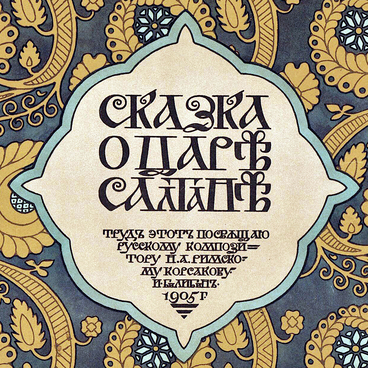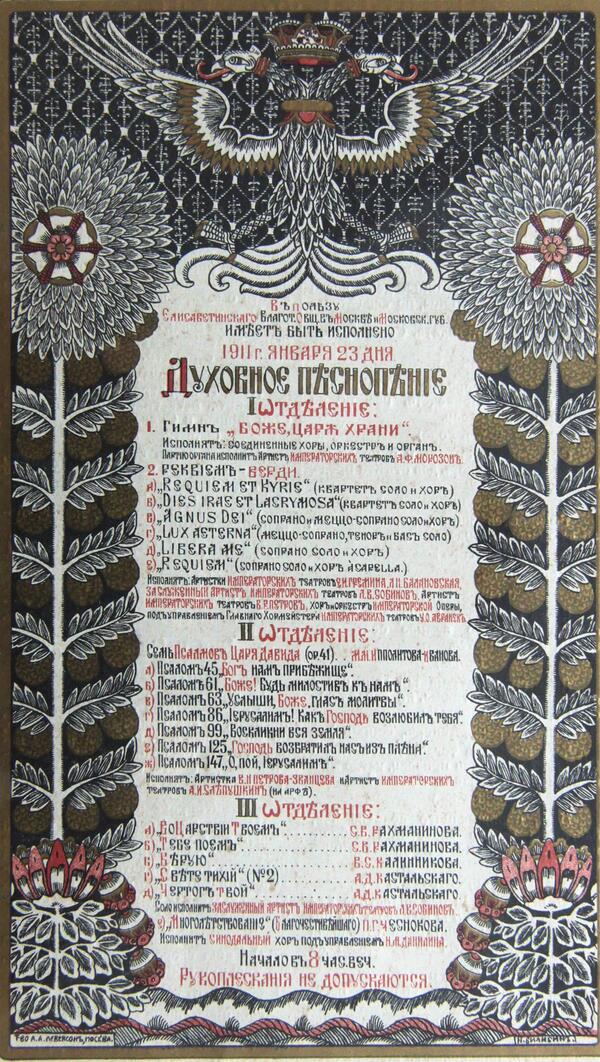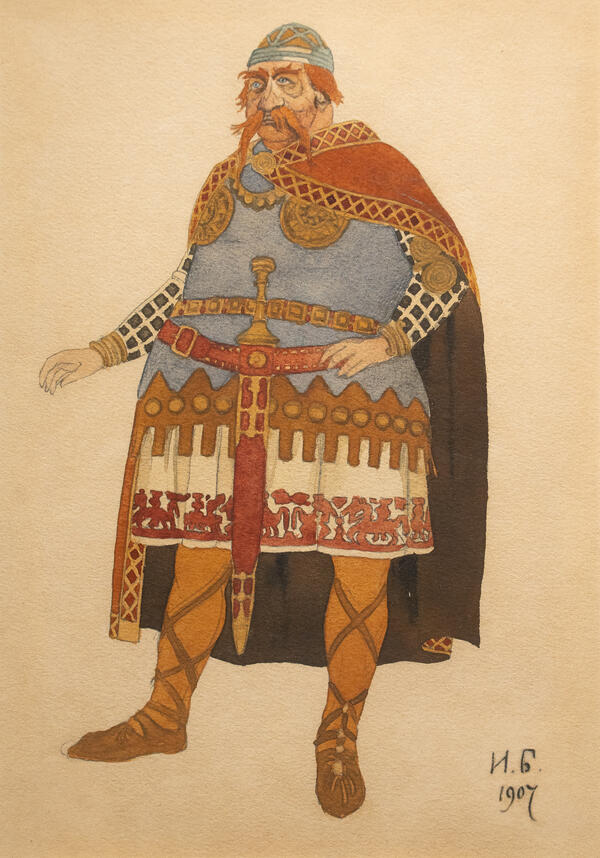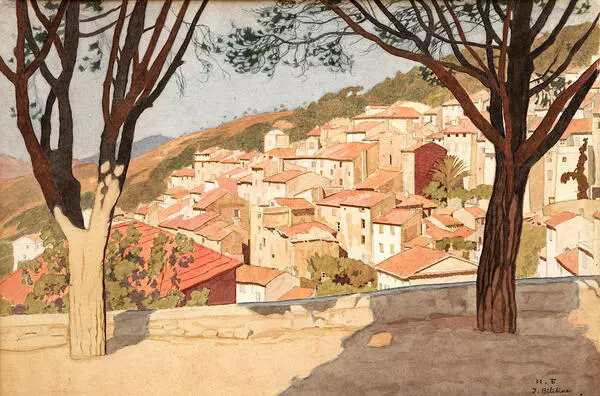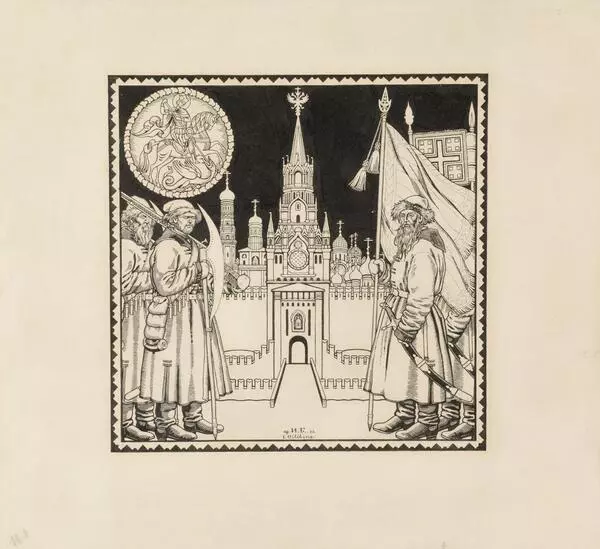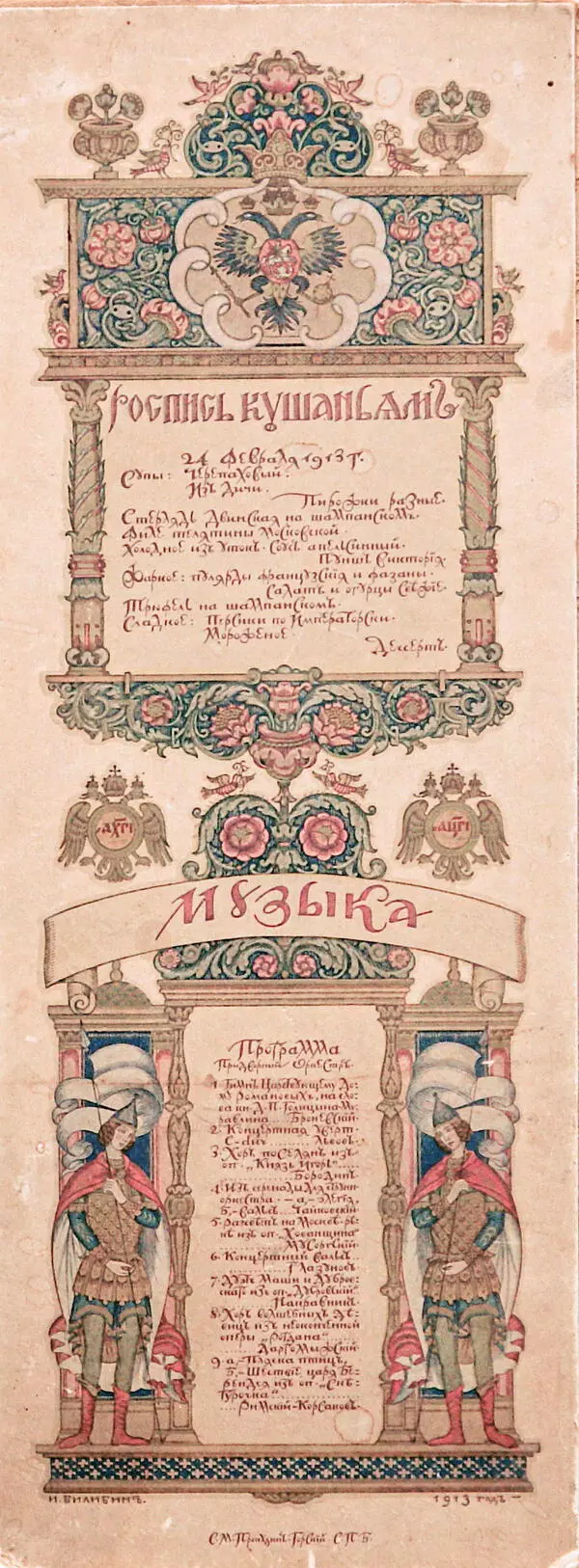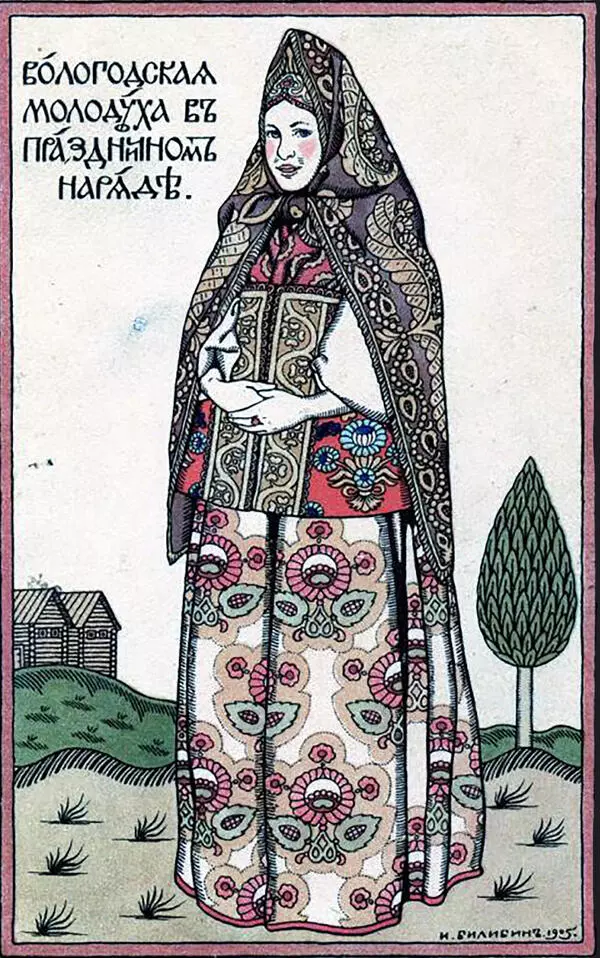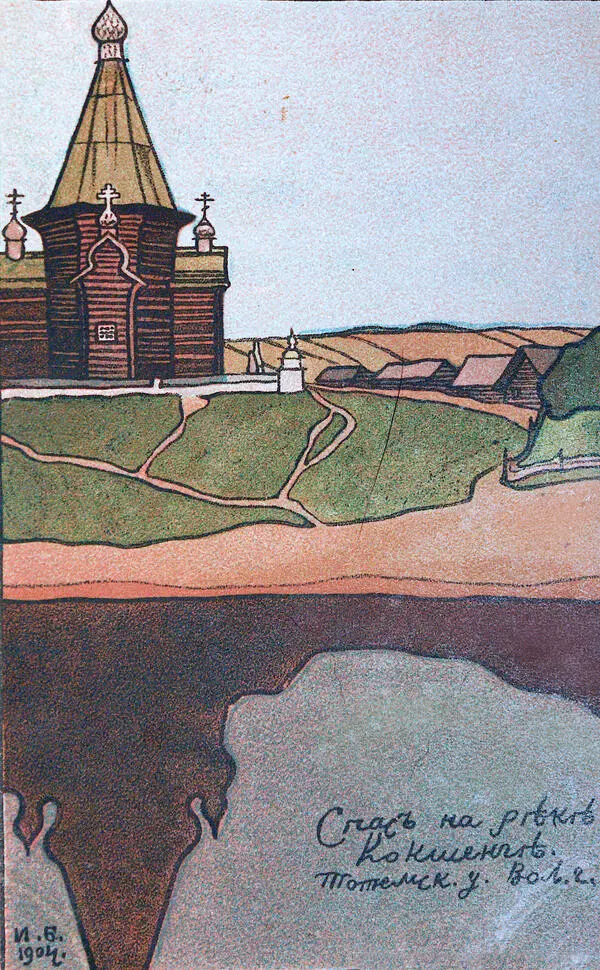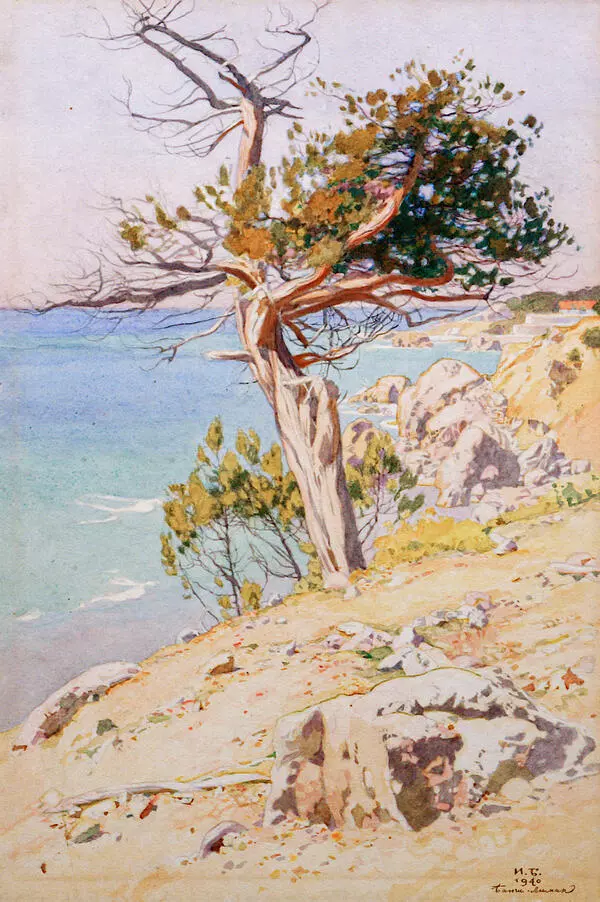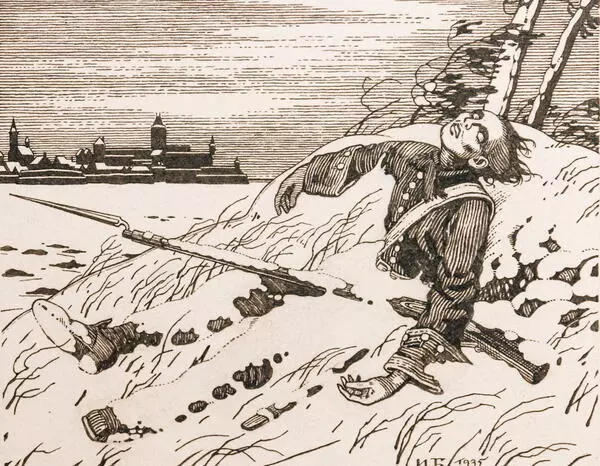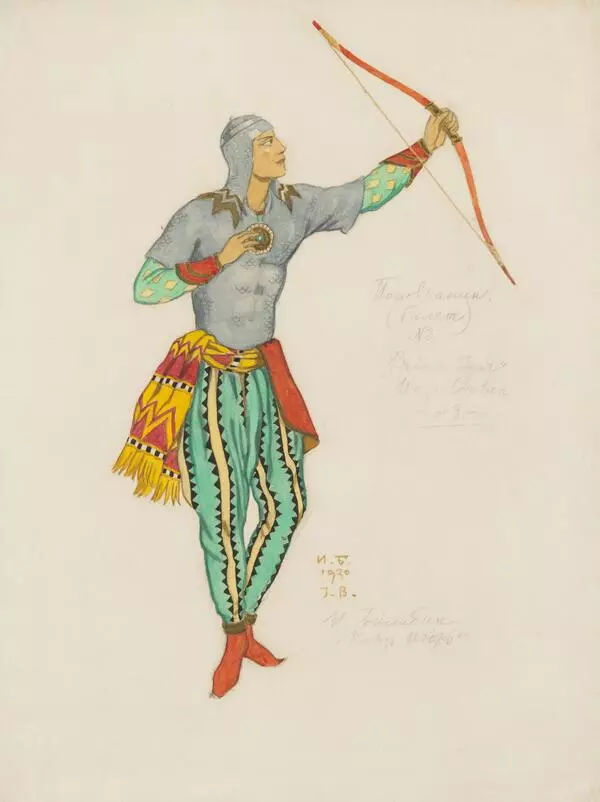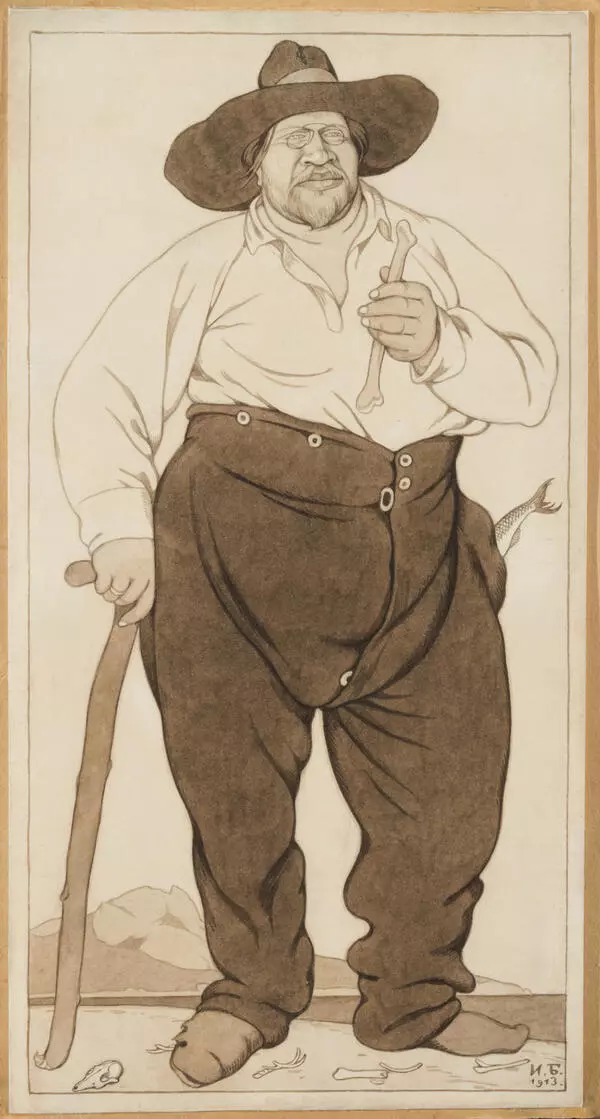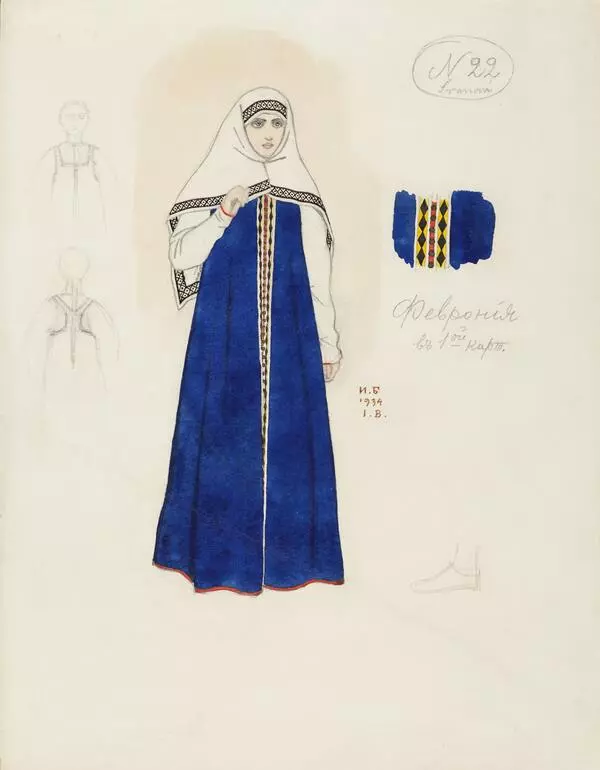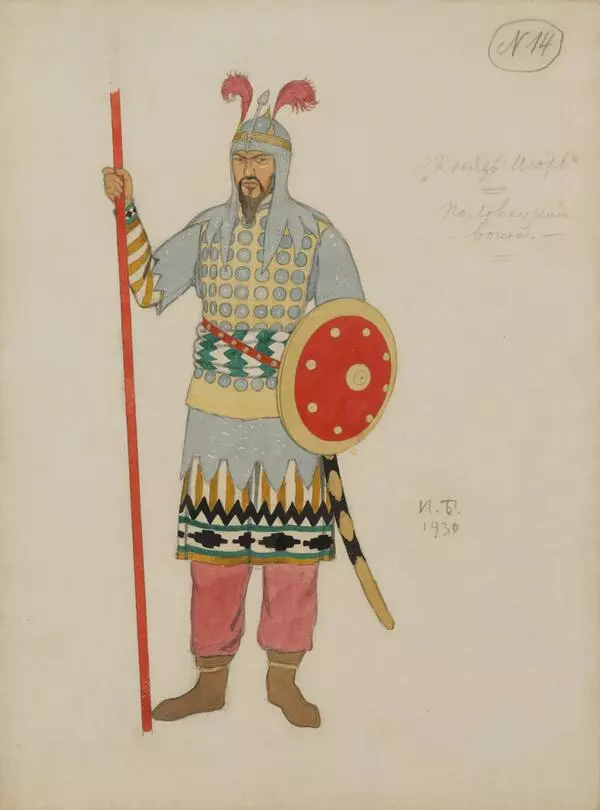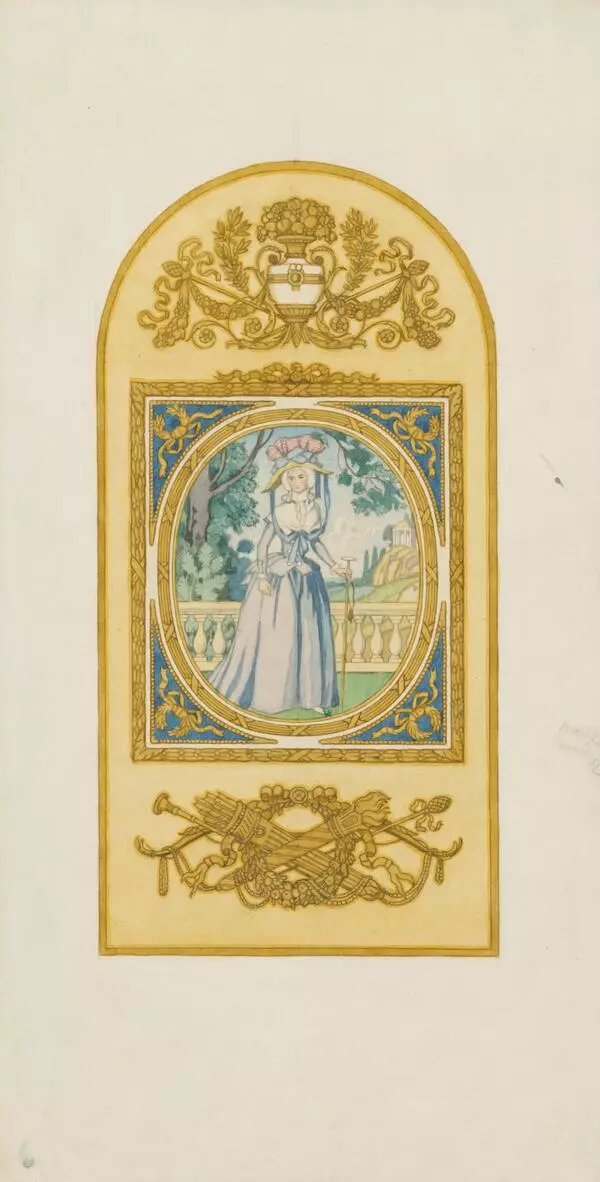The caricature “Donkey 1/20 Scale” by Ivan Yakovlevich Bilibin was published in the satirical magazine “Zhupel”.
The magazine, which content was directed against the autocracy, was established as a reaction to the bloody events of January 9, 1905. The first Russian Revolution completely changed the mindset of the artistic intelligentsia. Bilibin did not stand aside either. He was assigned to head the magazine’s art department. An organizational meeting was held for the first time at the artist’s apartment on Mytninskaya Embankment, during which the editorial board of the magazine discussed the project and came up with the name of the magazine. “Zhupel” in the Church Slavonic language means sulfur, in which sinners burn in hell. At the request of the editorial board, the literary department of the magazine was headed by writer Maxim Gorky. Overall, there were only three issues of “Zhupel”. The presented caricature “Donkey” was published in the latest issue.
In the drawing, an ordinary donkey poses in a magnificent frame adorned with drapes, knight’s armor and winged griffins from the family coat of arms of the reigning imperial house of Romanov. The caricature was titled “Donkey 1/20 Scale”. In this drawing, Bilibin managed to combine three genres at once: a fabulous illustration that meets all the canons of book art, a caricature replete with burning sarcasm, and a beautiful theatrical scenery that characterizes not only the situation, but also the characters themselves. Bilibin managed to organically unite different types of art, which he had been striving for in those years.
There was no doubt who the artist represented. The caricature was perceived by the tsarist authorities as the most dangerous satire against the autocracy. Repressions followed. For this drawing, the complete issue of the magazine was confiscated, and Bilibin, after his apartment had been searched, was subjected to a 24-hour arrest. On February 8, 1906, by the decree of the Saint Petersburg Judicial Chamber, the journal “Zhupel” was closed down, but soon it was published under the new title “Mail from Hell”.
Bilibin’s “Donkey” traveled all over Russia and brought the artist almost as much popularity as his illustrations of folk tales.
The magazine, which content was directed against the autocracy, was established as a reaction to the bloody events of January 9, 1905. The first Russian Revolution completely changed the mindset of the artistic intelligentsia. Bilibin did not stand aside either. He was assigned to head the magazine’s art department. An organizational meeting was held for the first time at the artist’s apartment on Mytninskaya Embankment, during which the editorial board of the magazine discussed the project and came up with the name of the magazine. “Zhupel” in the Church Slavonic language means sulfur, in which sinners burn in hell. At the request of the editorial board, the literary department of the magazine was headed by writer Maxim Gorky. Overall, there were only three issues of “Zhupel”. The presented caricature “Donkey” was published in the latest issue.
In the drawing, an ordinary donkey poses in a magnificent frame adorned with drapes, knight’s armor and winged griffins from the family coat of arms of the reigning imperial house of Romanov. The caricature was titled “Donkey 1/20 Scale”. In this drawing, Bilibin managed to combine three genres at once: a fabulous illustration that meets all the canons of book art, a caricature replete with burning sarcasm, and a beautiful theatrical scenery that characterizes not only the situation, but also the characters themselves. Bilibin managed to organically unite different types of art, which he had been striving for in those years.
There was no doubt who the artist represented. The caricature was perceived by the tsarist authorities as the most dangerous satire against the autocracy. Repressions followed. For this drawing, the complete issue of the magazine was confiscated, and Bilibin, after his apartment had been searched, was subjected to a 24-hour arrest. On February 8, 1906, by the decree of the Saint Petersburg Judicial Chamber, the journal “Zhupel” was closed down, but soon it was published under the new title “Mail from Hell”.
Bilibin’s “Donkey” traveled all over Russia and brought the artist almost as much popularity as his illustrations of folk tales.


